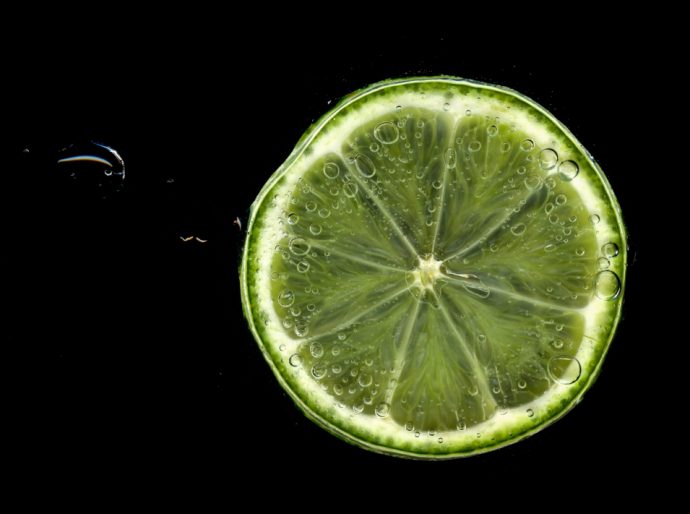The professional cleaning industry has been making giant strides in the past two decades by manufacturing, developing, and using cleaning solutions that have a reduced impact on the user, building users, and the environment.
But when the pandemic arrived, the world was in a health crisis. Facility managers wanted to do whatever they could to keep their facilities as healthy as possible. Whether the products were environmentally safe became less of a consideration, and some of what the industry had learned about safer cleaning solutions took a back seat.
However, as we inch our way back to normal, managers and cleaning professionals now realize that many of the cleaning methods and solutions they used during the crisis may have done more harm than good. This is especially true of some traditional disinfectants, particularly those misted or sprayed onto surfaces.
Case in point
With great fanfare, 90-day “mist” disinfectants were introduced during the pandemic. Manufacturers claimed these had antimicrobial properties that would continue to eliminate bacteria and viruses for up to three months. Many were designed to be sprayed onto surfaces. This way, they could be applied to all types of surfaces, high and low, in a facility.
Initially, this sounded like a major success, especially when used to clean and disinfect schools. Instead of applying disinfectants to specific surfaces as frequently as every day, which was costly and time-consuming, one application could be applied to many surfaces and would last 90 days.
However, a short time after these long-lasting disinfects were introduced, tests found that they were most effective in low-traffic areas of a facility. In heavily trafficked areas, the applications could become overwhelmed quickly as people touched surfaces where they were applied. The result: the disinfectant could lose its effectiveness in days, giving people a false sense of protection that the surfaces were virus- and bacteria-free when, in reality, they were not.
But that was not the only problem. The U.S. Environmental Protection Agency reminded school administrators that every disinfectant and disinfectant cleaning wipe sold in the U.S. must include this statement on the label: “keep out of reach of children.” Similar statements are found on disinfectants marketed in Canada.
There is a serious reason for this. Traditional disinfectants are very powerful cleaning solutions. In the U.S., they are classified as pesticides because they kill living things. If touched regularly, they can have harmful effects on children and those with weakened immune systems.
This is because children touch surfaces and then touch their eyes, nose, or mouth. According to a study in the American Journal of Infection Control, children have been observed touching their faces as often as 23 times per hour – and adults are not far behind. If the disinfectant is on their fingers, it can be absorbed into the body.
And there is one more problem. Traditional disinfectants can negatively impact indoor air quality. This is especially true of chlorine-based disinfectants. Further, they contain volatile organic compounds (VOCs). Inhaled in large amounts for an extended period and, once again, they can harm human health.
Looking for safer alternatives
The professional cleaning industry today is seeing a resurgence in the use of safe cleaning solutions that also promote sustainability. Safe cleaning solutions have a minimal impact on the user and the environment and promote sustainability. If the product is deemed sustainable, it has been made from readily available natural resources.
This is where citric acid cleaning solutions come into the picture. Made from citrus fruits such as lemons, limes, and even pineapples, these products have been used safely for centuries.
To better understand citric acid and its use in professional cleaning, I turned to Lee Chen, president and COO of ProNatural Brands, manufacturers of cleaning solutions made from citric acid, for some questions:
When was citric acid first used in cleaning?
Chen: We believe the ancient Egyptians first used citric acid as an antifungal or antibacterial in cleaning. They used it because it was an effective disinfectant and because the ingredients used to make it were plentiful. This was long before the use of bleach.
In more recent years, where was citric acid most often used?
Chen: It had several industrial applications. Citric acid is safe on many metals, so it was used for cleaning different types of metals used in manufacturing and or industrial applications. It has also been used for cleaning parts in auto engines such as radiators.
It’s considered safe, but it is also an acid. Is this a concern?
Chen: On a pH scale, citric acid has a pH level of between 3 and 6. The pH scale span is 0 to 14, with 0 being very acidic, 14 being the least acidic (also called “basic”), and 7 being considered neutral. This means citric acid is a relatively weak acid. As with any cleaning solution, if misused, there could be a risk, but overall, it is considered very safe and certainly safer than most traditional cleaning solutions.
Are there citric acid disinfectants?
Chen: At least one has been approved and registered as a disinfectant by the U.S. Environmental Protection Agency (EPA). This means that when used per the manufacturer’s instructions, the EPA verifies the product will eliminate (kill) pathogens as listed on the label. Further, at least one is now on the EPA’s List-N, meaning it is proven to eliminate the pathogen that causes COVID. The conclusions of the EPA and the Canadian Environmental Protection Act typically parallel each other.
How important is it that citric acid is derived from sustainable resources?
Chen: Sustainability is going to become the watchword of the 21st century. When facility managers and cleaning contractors consider selecting a product, they traditionally ask about durability, effectiveness, performance, and cost. Now they are going to also ask about the product’s sustainability. We can expect sustainability to become increasingly important in years to come.









